The hula, an evocative form of dance deeply rooted in Hawaiian culture, tells a story that transcends time. Contrary to common misconceptions of merely being entertainment for tourists, the true essence of hula is a profound expression of social and religious history, often cloaked in the mystery of ancient Hawaiian mythology. This article delves into the hula’s storied past, unravels the myths surrounding it, and unveils the facts that bring us closer to understanding the cultural significance of this captivating dance.
The True Origins of Hula
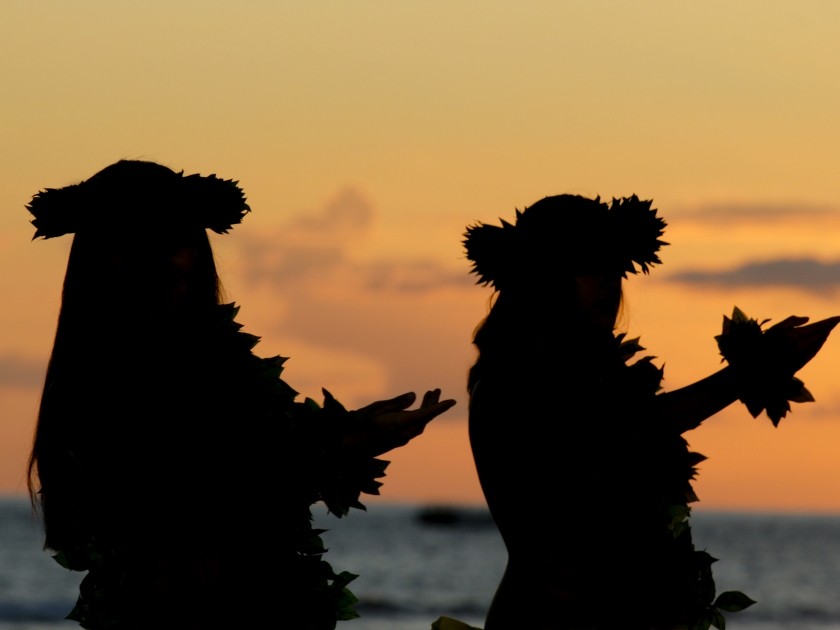
Hula is a living record of the islands’ history and a sacred ritual in Hawaiian culture. Its origins trace back to ancient Polynesians who settled in the Hawaiian Islands over a thousand years ago. These early settlers brought their dance and chanting traditions, which evolved over generations into the hula we recognize today. Hula was initially performed to honor and represent the gods, tell stories, and welcome important guests. With its rich oral history, Hula serves as a repository for genealogical, mythological, and historical narratives, akin to a moving library of the Hawaiian people’s ancestral wisdom.
How Hula was Documented and Preserved Over the Years
Originally, hula was passed down orally and through demonstration, as the Hawaiian people did not have a written language. The chants and movements of hula were deeply entrenched in the oral traditions, safeguarded, and taught by Kumu Hula (hula masters). With the arrival of Westerners in the 1770s, the first written accounts of hula were documented, although often through the lens of foreign perspectives.
In the 19th century, efforts to suppress the hula by missionaries almost led to its extinction. However, the practice survived in secret and later experienced a revival as the Hawaiian Renaissance in the 1970s celebrated indigenous art forms. This resurgence brought hula to the global stage, prompting initiatives to document and preserve it extensively. Today, hula competitions, festivals, and halau hula (hula schools) play an essential role in maintaining the dance’s authenticity, ensuring that ancestral knowledge and techniques are kept alive for future generations.
Hula Myths Debunked
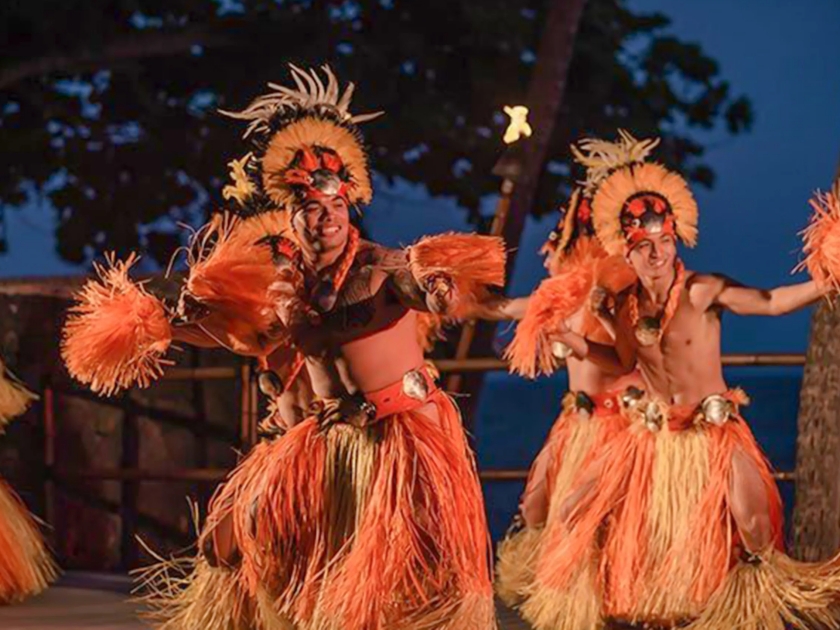
Common Misconceptions
There exists a myriad of myths surrounding hula that can often obscure its true essence and significance. One common misconception is that hula is simply a form of entertainment for tourists, lacking depth and cultural importance. In reality, this dance is deeply rooted in the spiritual and historical traditions of the Hawaiian people, serving as a means of preserving and conveying their stories, beliefs, and genealogy. Another prevalent myth is that hula is an exclusively female dance, whereas both men and women have traditionally practiced it, with distinct styles and roles. As we delve deeper into hula’s rich narrative, it’s vital to shed light on these fallacies and appreciate the dance’s authentic cultural heritage.
Learn More: Debunking Common Misconceptions About Hula
Western Misinterpretations
Many misconceptions surrounding hula can be traced back to Western misinterpretations during the early contact between Westerners and Hawaiian culture. Cultural nuances and the sacred nature of hula were often misunderstood, leading to a skewed perception of its purpose and significance. The oversimplification of hula as mere entertainment perpetuated these misinterpretations, creating a gap between the authentic practice and the Western understanding of it.
The Distortion of Hula in Popular Culture
In the eyes of popular culture, hula has often been reduced to a token exotic dance, emblematic of a vacation experience rather than a rich cultural tradition. Hollywood movies, tourist shows, and even cartoons have simplified hula, casting it in a light-hearted, often commercial context that neglects its true essence. This distortion not only affects perceptions of hula but also impacts the broader understanding of Hawaiian culture, leading to a homogenized and inaccurate representation that fails to acknowledge the depth and diversity of the islands’ traditions.
Facts About Hula
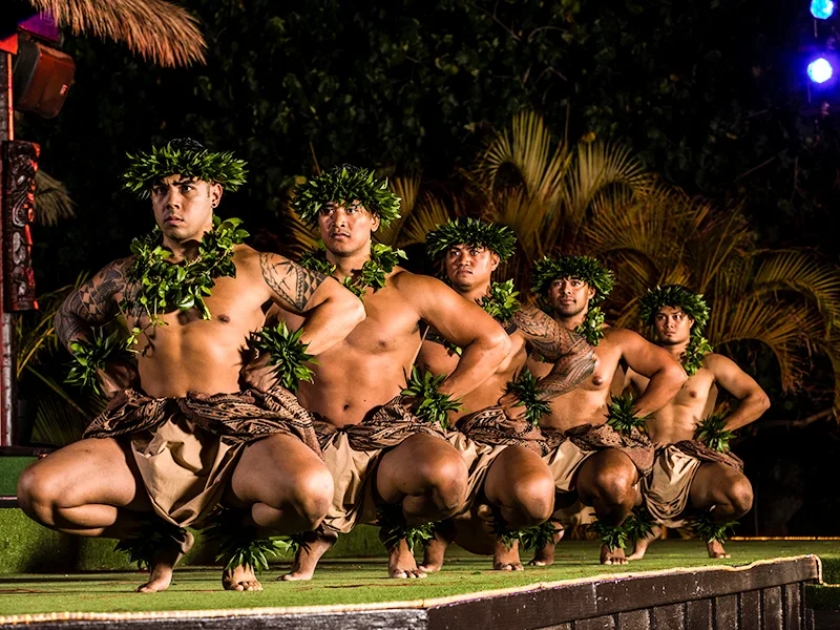
Cultural Significance
In its essence, hula serves as a form of communication, where movements, gestures, and expressions convey stories, myths, and historical narratives. Rooted in spirituality, hula often pays homage to Hawaiian deities, connecting performers and audiences to the sacred traditions that define the cultural identity of the islands. Furthermore, hula plays a crucial role in preserving Hawaiian traditions. Passed down through generations, the dance form becomes a living repository of cultural knowledge, ensuring that the rich tapestry of Hawaiian history remains vibrant and relevant. It serves as a powerful medium for cultural continuity, fostering a deep sense of pride and connection among the Hawaiian people.
Types of Hula
- Kahiko (Ancient) Hula: Kahiko represents the ancient form of hula, characterized by its traditional instruments, chanting (oli), and specific dance movements. This form of hula connects performers with their ancestors, embodying the customs and rituals of early Hawaiian society. Kahiko is a testament to the enduring nature of hula, showcasing the preservation of age-old practices in a contemporary setting.
- ‘Auana (Modern) Hula: ‘Auana, the modern form of hula, emerged as a response to cultural evolution and external influences. This contemporary style incorporates Western instruments such as the guitar and ukulele, allowing for a more diverse range of musical expressions. While ‘Auana retains the grace and storytelling elements of its ancient counterpart, it reflects the dynamic nature of Hawaiian culture as it adapts to the changing times.
Hula as a Community Practice
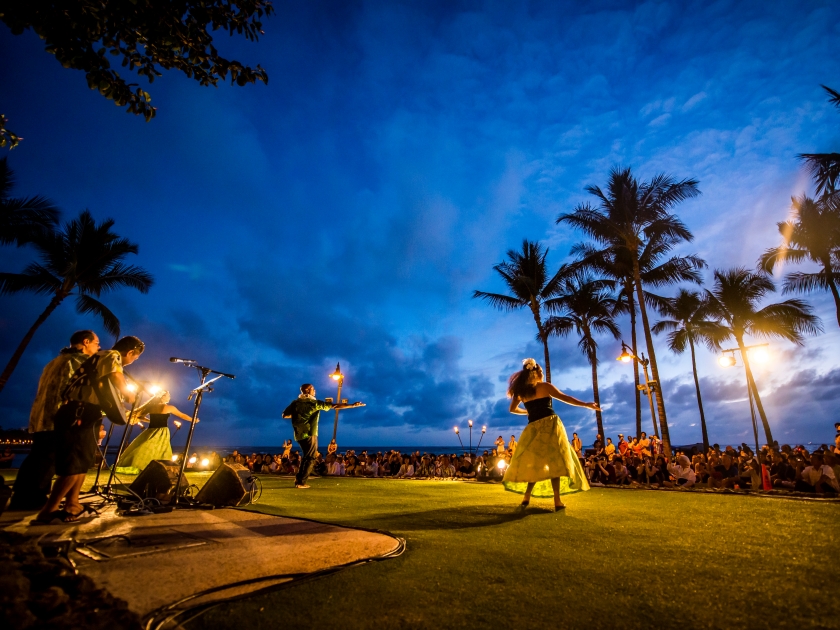
Importance in Social and Cultural Gatherings
Hula is not just a solo performance but a communal practice that thrives in social and cultural settings. It serves as a binding force within communities, fostering a sense of togetherness and shared identity. Whether performed at weddings, birthdays, or other significant events, hula brings people together, creating a space for collective celebration and cultural expression.
Hula Festivals and Competitions
Hula festivals and competitions are integral to the vibrancy of the Hawaiian cultural scene. These events provide a platform for both seasoned and aspiring hula performers to showcase their skills, celebrate their heritage, and engage in friendly competition. The festivals contribute to the ongoing evolution of Hula, promoting innovation while respecting the roots of this ancient art form.
Demystifying Hula for a Modern Audience
Bridging Cultural Gaps
Cultural exchange and understanding are imperative in an increasingly globalized world. Hula serves as a vivid touchstone for cross-cultural dialogue, allowing individuals from diverse backgrounds to gain insight into the rich Hawaiian heritage. This exchange not only enriches the global tapestry of arts but also fosters respect and admiration for cultural practices.
Appreciating Hula Beyond Surface-level Interpretations
Beyond mere performance, truly appreciating Hula requires delving into its profound layers of meaning and symbolism. It invites audiences to witness a living tradition that encapsulates the Hawaiian people’s historical narratives, environmental philosophies, and communal values. By looking beyond the surface, enthusiasts and learners around the world can connect with the authentic spirit of hula, ensuring its integrity and significance are preserved for future generations.
Embracing Diversity within Hula
Hula varies notably across the Hawaiian Islands, reflecting the uniqueness of each region’s historical influences and natural environment. Certain distinct styles have emerged post-contact with Western cultures. Despite these differences, all forms of hula embody the soul of Hawaiian storytelling and continue to evolve while honoring an ancestral legacy. Inclusivity within the Hula community has become a beacon for cultural preservation and unity. The art form welcomes individuals of all backgrounds to learn and participate, ensuring that the spirit of hula thrives in supportive and communal settings. This embracing ethos extends to hula schools, competitions, and performances, showcasing the Hawaiian ideals of “ohana” (family) and “aloha” (love, peace) as they continue to inspire and engage fans and practitioners around the world.
Hula Today - Evolution and Preservation
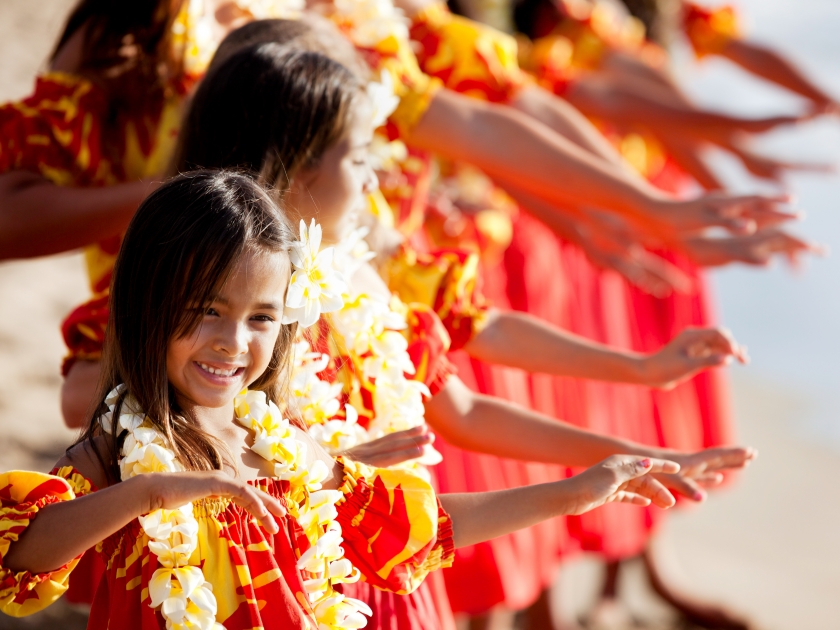
In an ever-changing world, hula has both evolved and remained a treasured cultural emblem of Hawaii. As hula enjoys global recognition, it undergoes a continuous process of adaptation while the fundamentals of its traditions are meticulously preserved. Initiatives to maintain authentic hula practices are vigorous and come from within the Hawaiian community, where schools known as hālau hula dedicate themselves to the teaching and perpetuation of hula in its most traditional form. Simultaneously, contemporary iterations of hula have emerged, blending the ancient with modern influences and thereby introducing the dance to new audiences worldwide. This duality ensures that hula is not just a relic of the past but a living, thriving expression of Hawaiian identity.
Engage Responsibly with the Traditions that Have Shaped this Art Form for Centuries
In the exploration of hula’s origins, myths, and facts, a journey through the historical roots and cultural evolution of this ancient dance form reveals a rich tapestry woven with spiritual significance, storytelling, and adaptability. As we demystify hula, it becomes evident that it is not merely a dance but a profound cultural practice. Approach hula with an open mind, free from preconceived notions, and embrace the true essence of this art form. By doing so, you contribute to the preservation of Hula’s cultural heritage and ensure that its rich traditions endure for generations to come.


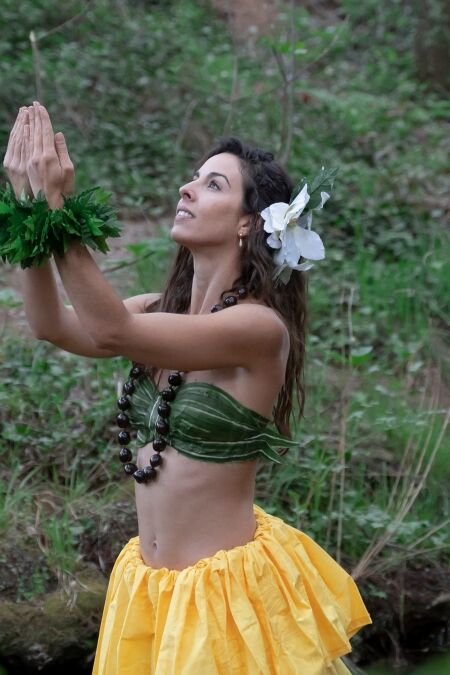
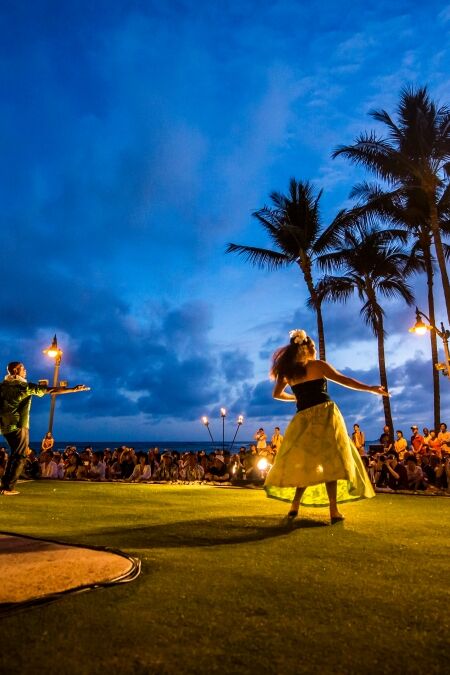
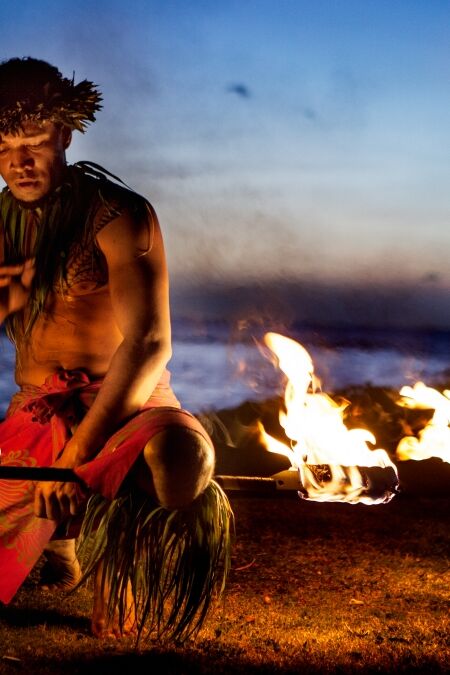
well done